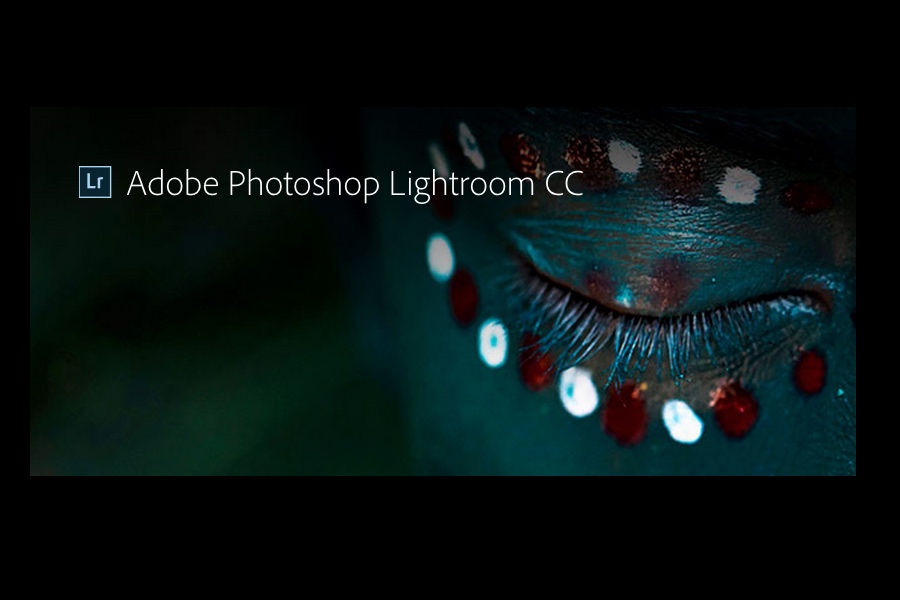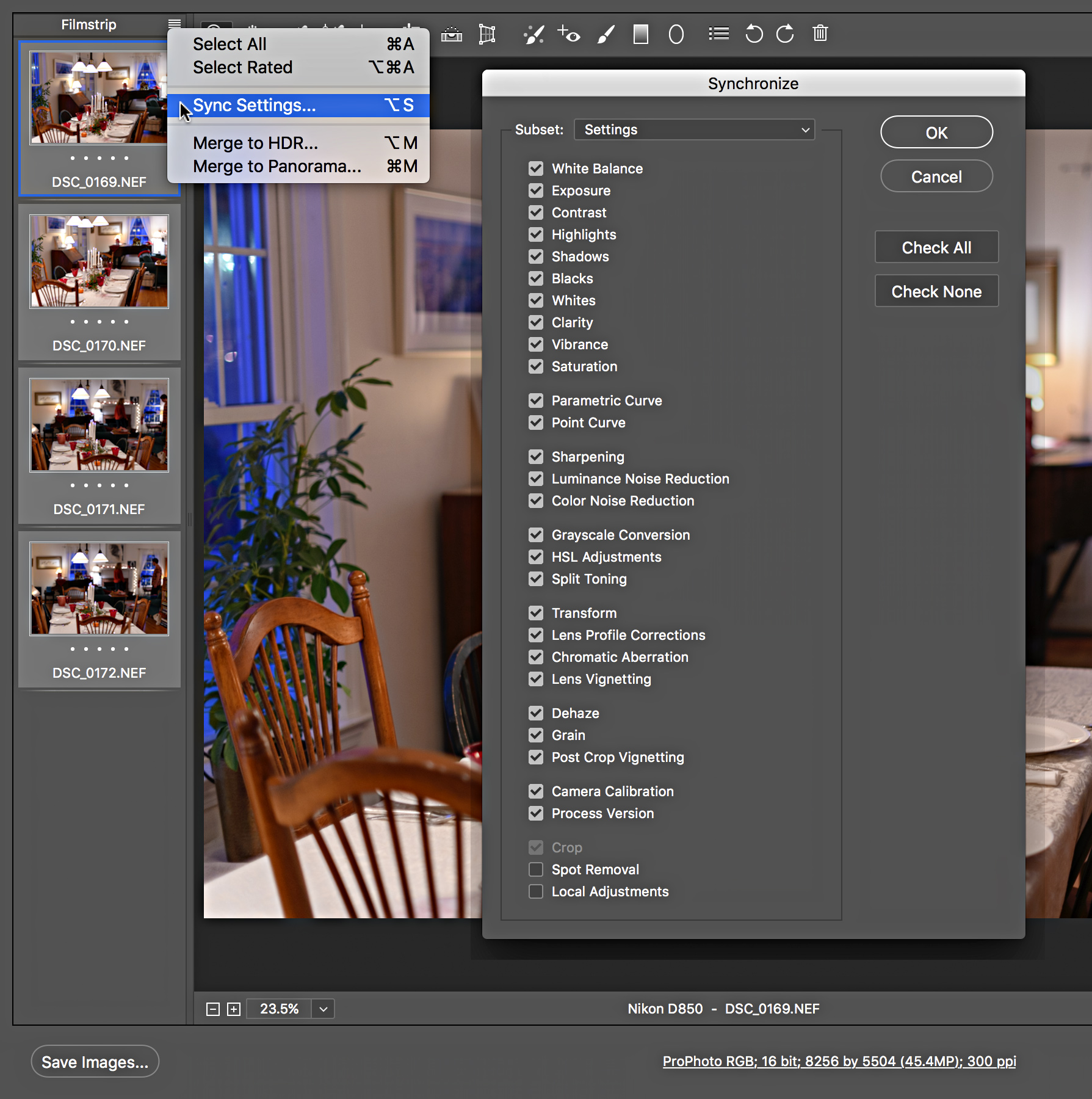

Lightroom is an image editing and digital asset management (DAM) program offered by Adobe. While ACR can’t match the expansiveness and depth of Photoshop, and while it’s technically still a Photoshop plugin, it now packs the power of a standalone editor. Today, it offers hundreds of editing options, including basic exposure adjustments, basic color adjustments, and targeted (local) adjustments via brushes and filters. Since then, Camera Raw has gone through plenty of iterations. But it soon became a permanent fixture of the Photoshop environment (way back in 2003, when Adobe first released Photoshop CS). It turns a RAW file into a more flexible file type, such as a TIFF, JPEG, or even a PSD – so that you can easily preview, share, or edit your work.ĪCR began as a Photoshop plugin, allowing photographers to open RAW files, convert them in Camera Raw, then continue with editing in Photoshop. Adobe Camera Raw vs Lightroom: ConclusionĪdobe Camera Raw (ACR) is a RAW file converter.
#Adobe camera raw lightroom how to#
How to Use Lightroom and Camera Raw Effectively.What Are the Advantages of Adobe Camera Raw?.The Advantage of Nondestructive RAW Editing.You can learn how to convert RAW files to JPEGs in Photoshop using our guide. However, if you’re hoping to send RAW files to someone without access to software, you might need to turn them into JPEGs yourself first so they can easily view them. One of the most popular options is Adobe’s Camera RAW editor, which is a plug-in available with Adobe Photoshop and After Effects.
#Adobe camera raw lightroom software#
You can use any app or editing software that supports RAW files to open your RAW images. You’ll want to make sure you have access to an image editing app that can process RAW images before setting your camera up to shoot in RAW. RAW files can also be tricky to open depending on the software you have on hand. This means they take up more space on your camera and take longer to load on your computer. For one, they’re much larger than JPEG and PNG files. However, there are some drawbacks to RAW images. They also offer significantly more flexibility when editing, meaning it’s easier to “save” an image that may not have been captured in the best lighting conditions. RAW photos are higher quality than JPEGs because they’re able to retain more information. There are a number of benefits to shooting in RAW with your camera over the smaller JPEG format. Head over to our guide to learn how to change your camera format to RAW. CR2 files, while Nikon models will create. RAW files can be signified by a range of different extensions depending on the make of your camera. This is possible because the original camera RAW data is preserved with the edits stored in a separate, non-destructive sidecar file. The main difference between this and a traditional negative is that you’re able to process and reprocess the file an infinite number of times. RAW files can essentially be thought of as digital photo negatives. The term RAW doesn’t actually stand for anything, but rather refers to the raw data that is preserved when using this file type.

RAW is a file format used to save unprocessed, uncompressed images on a camera. Most cameras (and even some smartphones these days) give you the option to shoot in RAW over JPEG.īut what is a RAW image and how do these files compare to other image formats? Here’s our comprehensive guide.


 0 kommentar(er)
0 kommentar(er)
